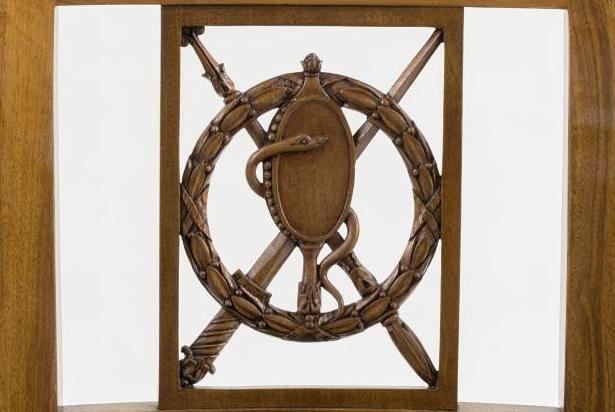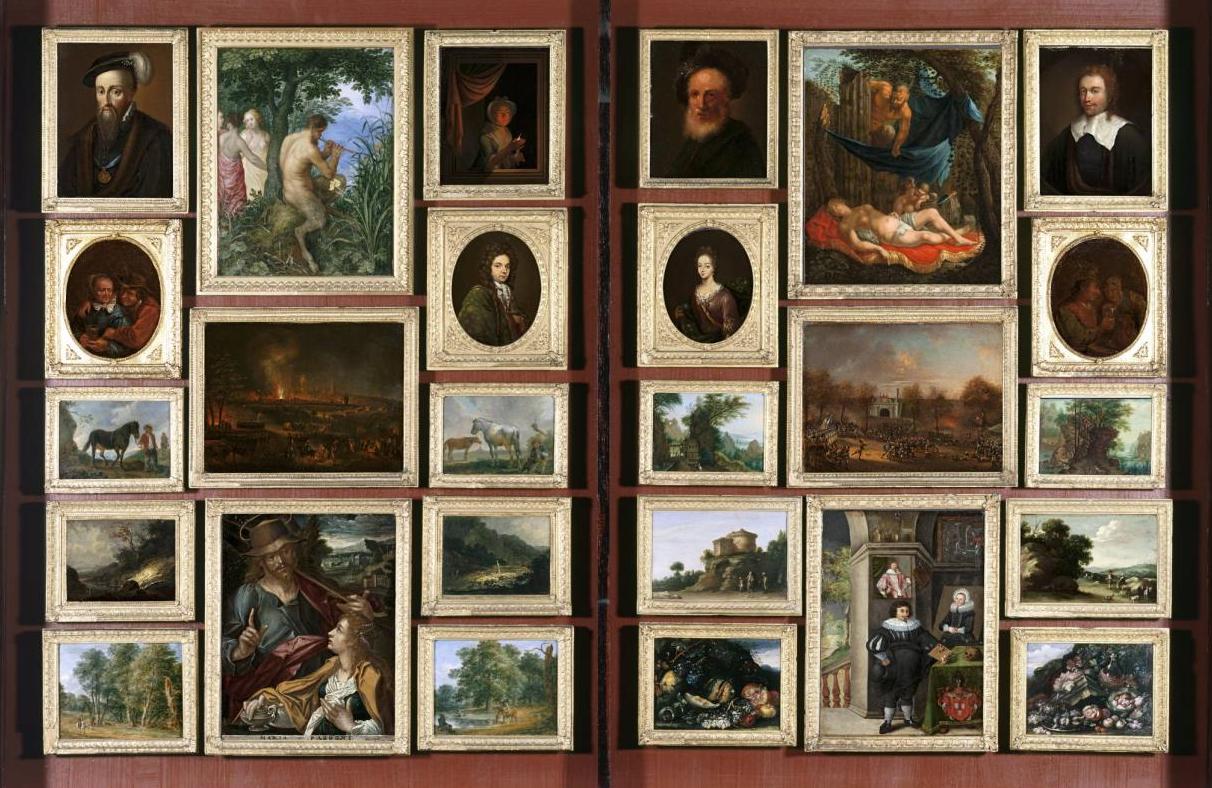
Collection – Furniture
Furniture – a central aspect of domestic life – can be found in all museum collections characterised by cultural history. As a material “object culture” of daily life in Frankfurt, the collection of the Historisches Museum sheds light on the lifestyles of middle-class families in Frankfurt. It spans a large period, demonstrating a diverse range of household, representational and work furniture from the 17th century right through to modern design objects.
The collection includes around 1,500 individual pieces. The 18th and 19th centuries are a main focus; however, the 20th century is also represented through various prominent pieces. In terms of justification for addition to the collection, the link to the history of Frankfurt was as decisive as the fact that the pieces are handcrafted works of art. The earliest furniture accruals housed in the museum include the construction of the so-called Friedenszimmer (“peace room”) in the Hotel zum Schwan in 1882 in Frankfurt, where Reich Chancellor Otto von Bismarck and French Foreign Minister Jule Favre signed the “Treaty of Frankfurt” on 10 May 1871 between France and the newly founded German Empire.
Frankfurt cabinets
The Frankfurt kitchen
Furniture from famous Frankfurters
The Gans and Weinberg industrial families were closely connected from the 19th century onwards; both were responsible for the rise of their company Cassella, which became the largest manufacturer of synthetic dyes worldwide. Since 2015, two pieces of furniture which were owned by both families have belonged to the collection – a Renaissance chest table from the Weinberg family and a cabinet from the Gans family.

